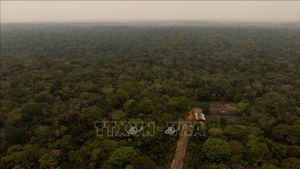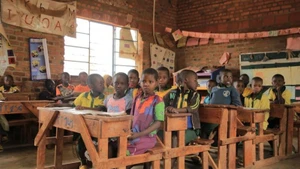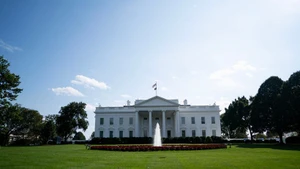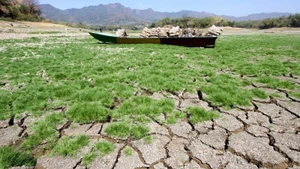It is also a reminder of the urgent need to protect the environment as part of efforts to prevent conflict and build peace, issues that occur daily but still receive insufficient attention.
Violence and conflict stem from a variety of causes. According to the United Nations Environment Programme (UNEP), as many as 40% of internal conflicts are linked to competition over natural resources, from water sources to minerals. When natural resources “trigger” or “fuel” violence, ecosystems can become deliberate targets of warring parties, suffering long-term and unpredictable consequences.
Regardless of its cause, any conflict has some degree of environmental impact. Contaminated soil, unexploded ordnance, and destroyed water systems all weaken and complicate post-conflict recovery and reconstruction efforts.
Environmental devastation can even force communities to relocate or exacerbate the effects of natural disasters for generations to come.
To raise global awareness of the need to protect the environment during armed conflict and post-conflict recovery, in 2001 the United Nations General Assembly designated November 6 each year as the International Day for Preventing the Exploitation of the Environment in War and Armed Conflict.
Environmental devastation can even force communities to relocate or exacerbate the effects of natural disasters for generations to come.
The day also serves as a reminder that the losses caused by war extend far beyond human casualties and damaged infrastructure, they reach deep into ecosystems, undermining the very foundation of human survival.
Throughout history, many conflicts have left indelible “ecological scars”. From the rainforests of Indochina ravaged by chemical defoliants to regions in the Middle East and Africa where natural resources have been overexploited, the environment has often been the “forgotten victim”.
Today, as numerous conflict hotspots continue to seek a way out, the ongoing damage to the environment continues to drain development resources. True peace is not merely the absence of gunfire; it lies in the ability of humans and nature to coexist sustainably.
This understanding underpins the growing consensus among peace-loving communities that protecting the environment during and after conflict must be regarded as equally important as protecting human lives.
Post-war recovery programmes are increasingly urged to accelerate and improve ecological rehabilitation, tackling pollution, restoring soil quality and water sources, and rebuilding natural systems.
With the concerted efforts of the international community, encouraging progress has been made. More positively, priorities are shifting from merely “cleaning up, treating, and rebuilding quickly” to genuinely “building green peace”.
Observers note that both policy and practice are evolving towards a preventive approach, promoting environmental screening in conflict zones, strengthening nature-based recovery, and improving post-conflict resource governance to reduce corruption and prevent the resurgence of tensions.
Notably, countries have intensified cross-border cooperation, sharing river basin data and early warning systems to better protect downstream communities. While many achievements have been recorded, further proposals continue to be advanced in pursuit of a more sustainable future.
Among them are calls to further codify environmental protection commitments into law; increase funding for rapid environmental assessments, including water quality testing, hazardous area evaluation, and wildfire prevention; integrate “green reconstruction” packages into national budgets; and safeguard those who work on environmental protection.
Each year, November 6 serves as a poignant reminder to humankind that the environment is a shared, borderless asset, and that every act of destruction against nature will ultimately return to harm humanity itself.
















